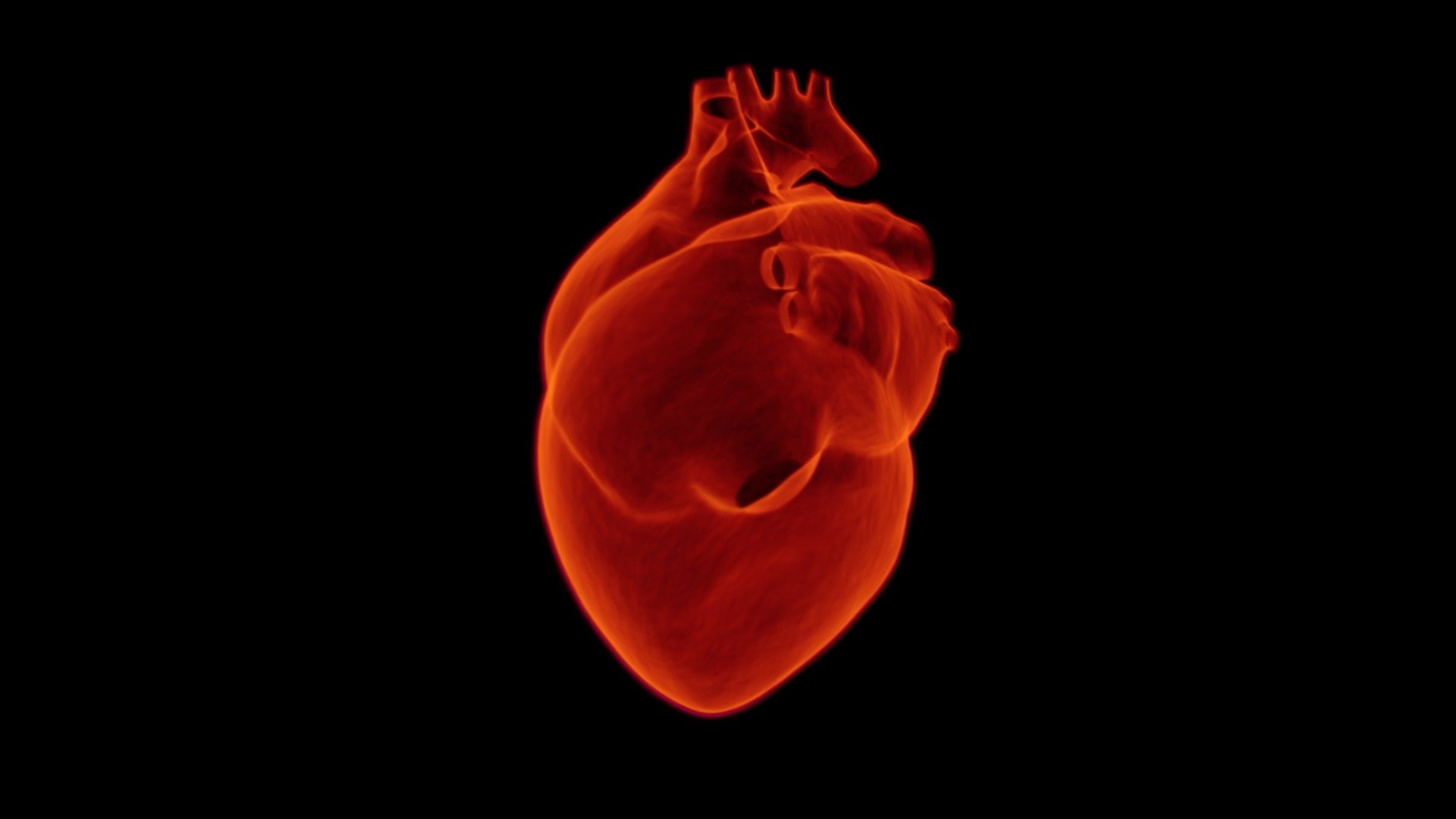Stroke is a sudden onset of a neurological deficit from a vascular mechanism i.e. 85% is ischemic and 15% are primary hemorrhages all in all.
- Furthermore, an ischemic deficit that resolves rapidly without any radiological evidence of an infarction is termed as transient ischemic attack.
- Moreover, ischemic attacks are the most commonly occurring neurological disability in adults accounting for almost 150,000 deaths in United States Of America.

Pathophysiology and causes of stroke:
- Ischemic strokes are usually due formation of emboli that lead to occlusions of large vessels such as heart, aortic arch, carotid arteries.
- Simultaneously, small and deep ischemic lesions are always related to intrinsic small vessel disease called as lacunar strokes.
- Hemorrhages most commonly occur due to any damage or rupture of aneurysms or small vessels within the brain tissue.
- Recovery from stroke involves few parameters such as blood vessels , collaterals , site and mechanism of vessel occlusion. If the patient recovers with blood flow going back to normal, thereby restoring cell death then the patient has experienced transient ischemic attack.
Clinical features – Stroke:
- Signs and symptoms moreover involving different regions of the brain are as follows:
| A) Cerebral Hemisphere, Lateral Aspect ( Middle Cerebral Artery involvement): |
| 1) Hemiparesis |
| 2) Additionally, Hemisensory deficits |
| 3) Moreover, Motor aphasia-Hesitant speech with word finding difficulty and preserved comprehension |
| 4) Furthermore, Sensory aphasia-Anomia, poor comprehension, jargon speech unilateral neglect |
| 5) Simultaneously, Hemianopia |
| 6) Gaze preference with eyes deviated towards the lesion all in all |
| B) Cerebral Hemisphere, Middle aspect ( Anterior Cerebral Artery involvement ): |
| 1) Additionally, Paralysis of foot and leg, with or without paresis of arm |
| 2) Moreover, Cortical sensory loss over the leg |
| 3) In addition, Urinary incontinence |
| 4) Furthermore, Gait apraxia |
| 5) Grasp and suckling reflexes |
| C) Cerebral Hemisphere, Posterior aspect ( Posterior Cerebral Artery involvement ): |
| 1) Cortical blindness |
| 2) Additionally, Hemianopia |
| 3) Simultaneously, Dense sensory loss, spontaneous pain |
| 4) Furthermore, Memory deficits |
| D) Brainstem, Midbrain ( Posterior Cerebral Artery involvement ): |
| 1) Third nerve palsy and contralateral hemiplegia |
| 2) Additionally, Paralysis of vertical eye movement |
| 3) Simultaneously,Nystagmus, disorientation |
| E) Brainstem, Pontomedullary junction ( Basilar artery ): |
| 1) Paralysis of conjugate gaze |
| 2) Simultaneously, Paralysis of abduction of eye |
| 3) Additionally, Facial paralysis |
| 4) Furthermore, Hemifacial sensory deficit |
| 5) Ataxia |
| 6) In addition, Diminished pain and thermal sense over half of the body |
| 7) Horner’s syndrome |
| F) Brainstem, Lateral Medulla ( Vertebral artery involvement ): |
| 1) Vertigo, Nystagmus |
| 2) Additionally, Horner’s syndrome |
| 3) Simultaneously, Ataxia, falling towards the side of lesion |
| 4) Furthermore, Impaired pain and thermal sense over half |
Intracranial hemorrhage:
- Increased intracranial hemorrhage furthermore, can lead to vomiting, drowsiness and headache. These hemorrhages do not occur due to one cause. Simultaneously, it mite lead to multiple causes as follows:
| CAUSE | LOCATION | COMMENTS |
| 1) Head trauma | Frontal lobes and simultaneously Anterior temporal lobes, Intraparenchymal, subarachnoid | Coup and contrecoup injury subsequently due to brain deceleration |
| 2) Hypertensive hemorrhages | Putamen, pons, furthermore cerebral hemisphere, thalamus and globus pallidus | Chronic hypertension additionally produces hemorrhage from small vessels |
| 3) Transformation subsequently, of prior ischemic infarction | Basal ganglion, additionally subcortical region | Occurs simultaneously in 1-6% of ischemic strokes |
| 4) Metastatic brain tumor | Lobar | Lung , choriocarcinoma , renal cell carcinoma |
| 5) Coagulopathy | Any | Risk subsequently for ongoing hematoma expansion |
| 6) Lobar | Any | Cocaine, amphetamine |
| 7) Arteriovenous malformation | Lobar, subarachnoid | Risk additionally is 2-3% per year for bleeding if previously unruptured |
| 8) Aneurysm | Intraparenchymal, subarachnoid | Additionally, Mycotic and non-mycotic forms of aneurysms |
| 9) Amyloid angiopathy | Lobar | Degenerative disease moreover of intracranial vessels , simultaneously associated with dementia |
| 10) Cavernous angioma | Intraparenchymal | Multiple cavernous angioma additionally linked to mutations in genes |
| 11) Dural arteriovenous fistula | Additionally brainstem | Produces bleeding simultaneously by venous hypertension |
| 12) Capillary telangiectasias | Additionally brainstem | Rare cause of hemorrhage also |
Treatment for stroke:
- A) Imaging:
- Initial stabilization of the patient should be done, followed by a non-contrast brain CT should be done in order to differentiate between hemorrhagic and ischemic cause of stroke.
- Usually within few hours, large ischemic strokes are evident in CT, but small infarcts are difficult to evaluate.
- MR angiography is another procedure to visualize for vascular occlusions.
- B) Acute Ischemic Stroke:
- Treatment in cases of acute conditions can be assessed by the following methods
- 1) Simultaneously, Medical support:
- Blood pressure should not be lowered immediately, but a slow process in lowering the blood pressure should be employed.
- Simultaneously, intravascular volume should be maintained with isotonic fluids.
- Additionally, osmotic therapy involving mannitol must be used to control edema must be used in large infarcts.
- Furthermore, neurosurgical intervention must be used in cerebral infarction or hemorrhage.
- 2) Intravenous thrombolysis:
- Thrombolytic therapy with IV recombinant tissue plasminogen activator should be given provided CT reveals no hemorrhage and presence of ischemic deficits for less than 3 hours.
- 3) Endovascular revascularization:
- Ischemic stroke from intracranial large vessel occlusion results subsequently in morbidity and mortality. Simultaneously, such patients with occlusions would benefit from embolectomy.
- 4) Antiplatelet agents:
- Aspirin of about 325 mg/day is a definitive therapy which is subsequently helpful in acute ischemic occlusions all in all.
- 5) Anticoagulation:
- In addition, Anticoagulants like heparin and warfarin have not proved very useful in treatment of ischemic stroke.
Simultaneously, for more content do visit here
Please refer this book additionally for a detailed description of the disease: Harrisons book of internal medicine

